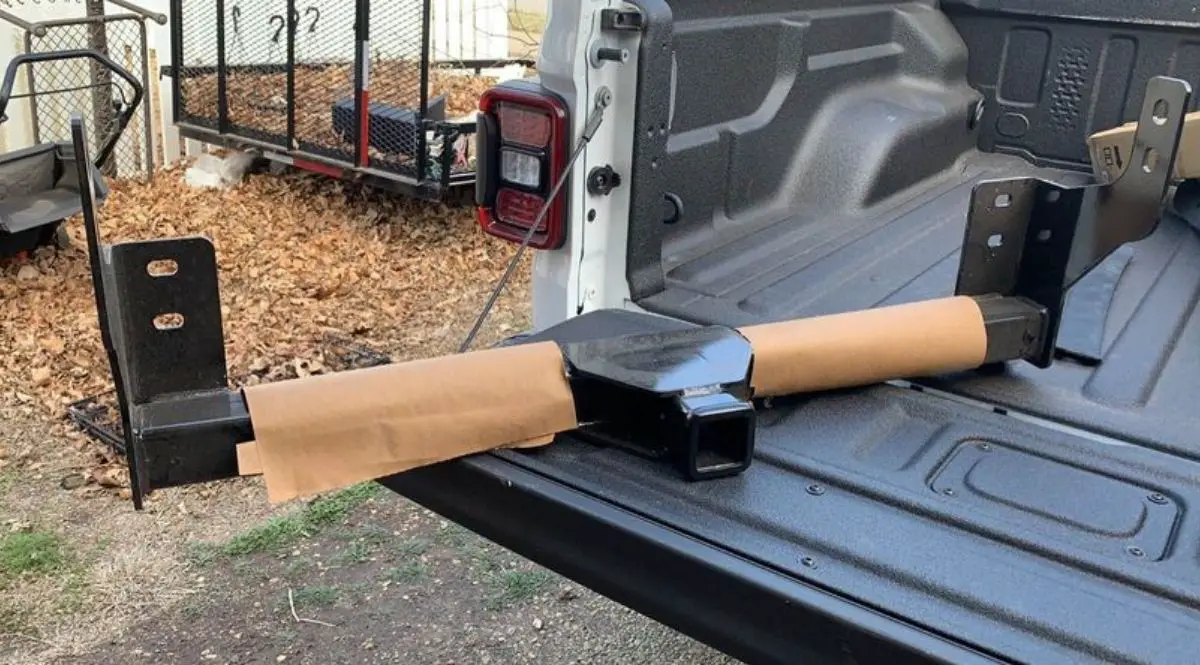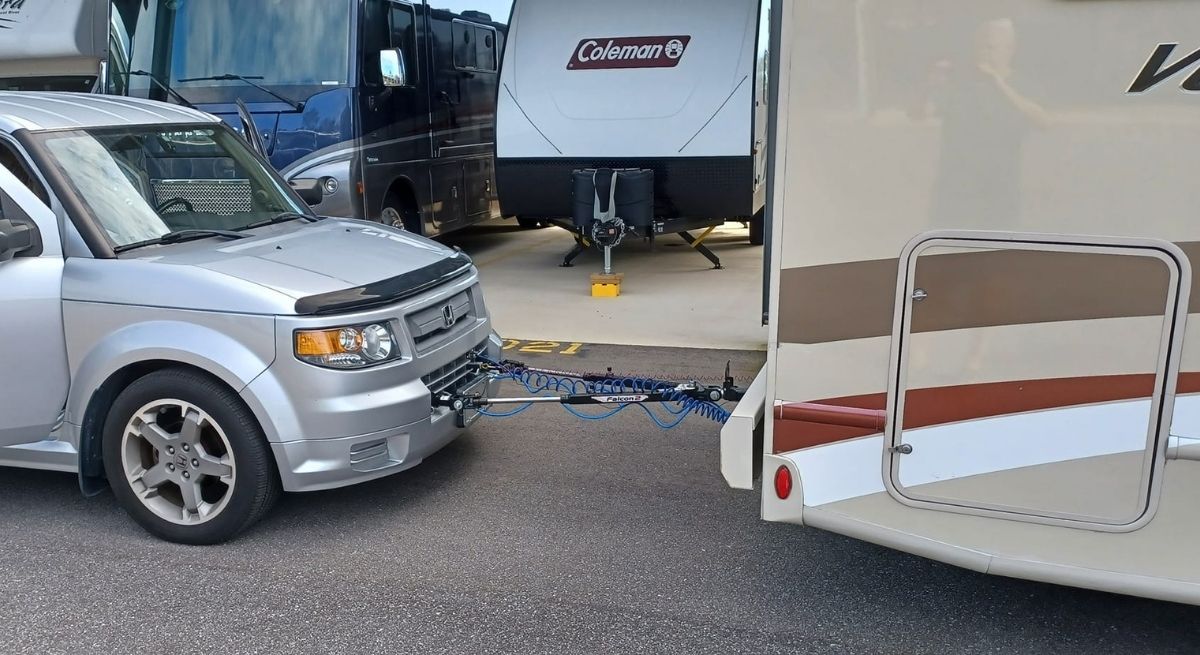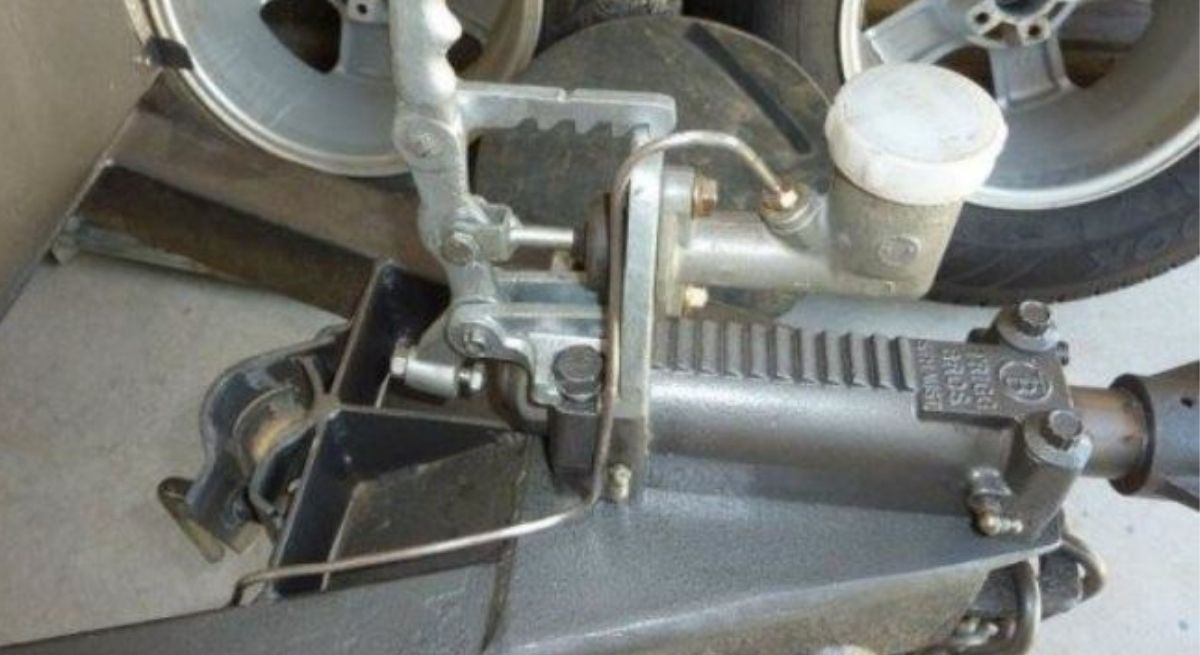To tow a travel trailer safely you’ll need a hitching system with two features: weight distribution and sway control. These two features tackle the two safety problems travel trailers bring to the towing party. When weight of the travel trailer is placed on the hitch, (tongue weight) which is transferred to the tow vehicle, the back of the vehicle will squat, and the front will lift up.
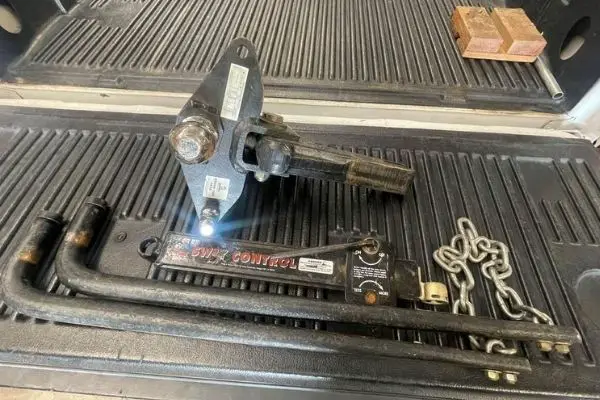
This completely changes the driving dynamic of the vehicle. Weight distribution hitches use special bars to leverage the hitch and force the front of the vehicle down, so it maintains proper driving properties. The location of the hitch behind the rear axle also creates a leveraged pivot point that allows the trailer to sway relative to the tow vehicle. That motion is exceptionally unnerving when driving and can lead to serious accidents if it gets out of control.
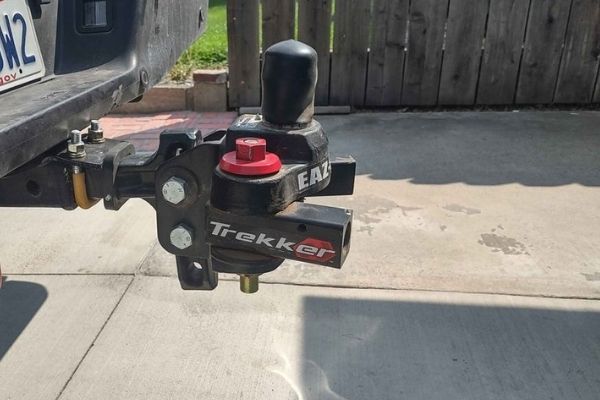
Sway control in your hitch system helps to minimize or eliminate trailer sway while towing. It’s the single most important purchase you will make after getting your new travel trailer will be the hitch you use to attach it to your tow vehicle.
For many RVers the hitch is an afterthought. Equating a hitch for your travel trailer to a tow bar ignores the most important element of towing – safety. You can have a 20,000 lb hitch attached to your 2,000 lb trailer but it’s not going to do you much good if you can’t get to your destination safely.
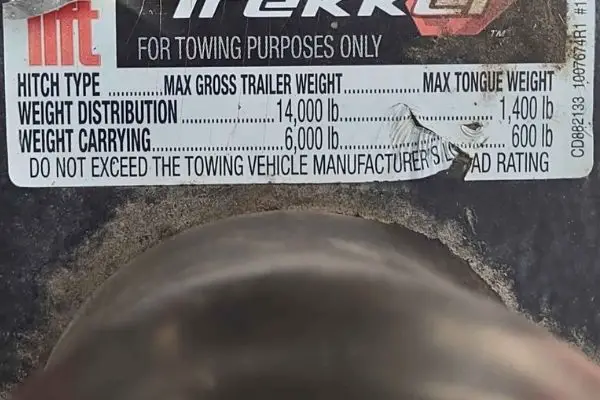
Most travel trailer manufacturers recommend a weight distribution hitch as a minimum for safe travel trailer towing. Do you need one with sway control too? it is highly recommended for two reasons. First, a good weight distributing hitch with sway control may only be a couple hundred dollars more expensive than a hitch without it. That’s a tiny fraction of the overall cost of your complete travel trailer setup so there is really no reason not to get it.
Second, sway control will add the single largest improvement in your travel trailer towing experience regardless of cost. It can literally be the difference between arriving at your destination relaxed or not arriving at all. Let’s take a deeper dive into the issues of travel trailer towing and how a weight distributing anti-sway hitch addresses those issue to keep you safe on the road.
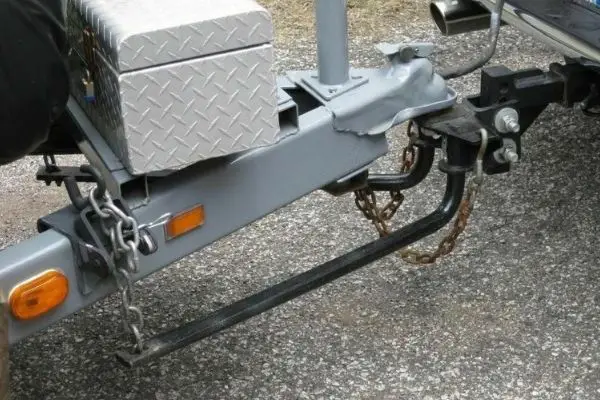
Why Do Travel Trailers Pose Unique Towing Challenges?
Travel trailer pose unique towing challenges because of the location of the hitch on the tow vehicle. The hitch is located well behind the rear axle which allows it to act as a pivot point, or a long lever along the axis of the tow vehicle.
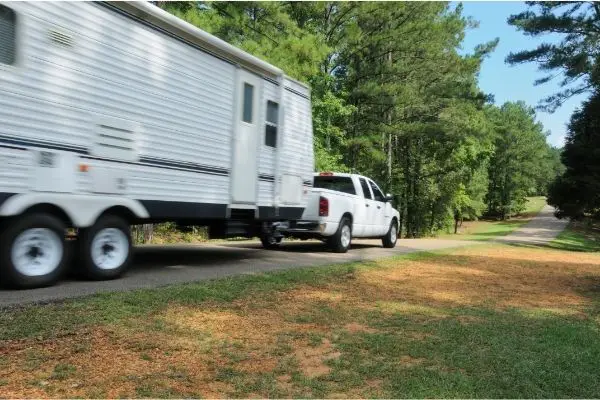
Conversely, the pivot point is the very front of the trailer which creates another lever along the axis of the trailer. These two levers work together two do two things. First, they push the rear of the tow vehicle down, and pry the front of the vehicle up. Left unchecked, this situation will cause handling issues and excessive wear on your rear suspension components.
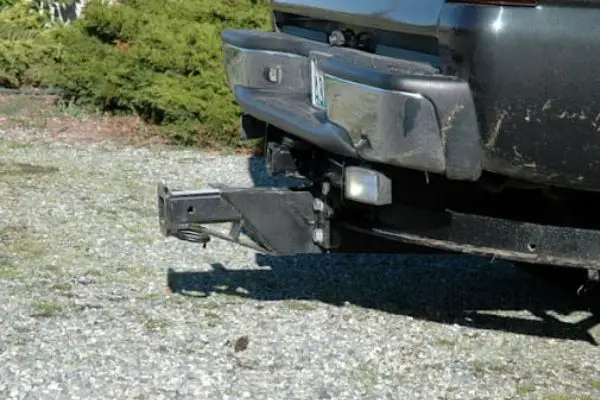
It also contributes to the second issue, which is sway. Sway is the back-and-forth oscillation of the trailer which is akin to the tail wagging the dog in relationship to your truck. Let’s take a look at how a weight distributing anti-sway hitch address these two issues.
How Is A Weight Distribution Hitch Different From A Standard Hitch?
A weight distribution hitch is very similar to a standard trailer hitch with two major exceptions. First, they are generally a lot more stout. This beefy construction allows them carry the extra weight of larger travel trailers.
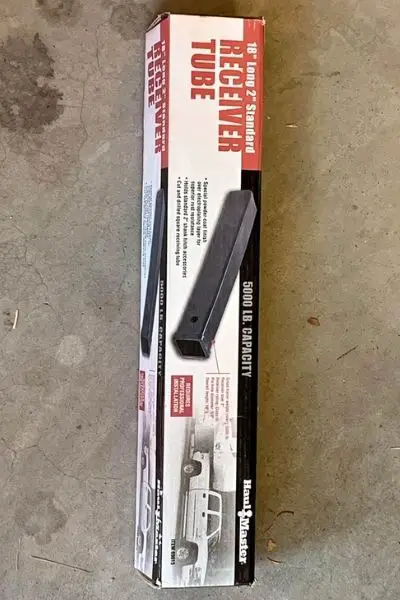
It also allows the hitch to act as a lever for the second unique component – the distribution bars. Those bars generally attach to the hitch head, on either side of the hitch ball, in a socket which holds the bars in place while allowing them to swing with the trailer. The final component in the system is a set of brackets that attach to the sides of your trailer tongue.
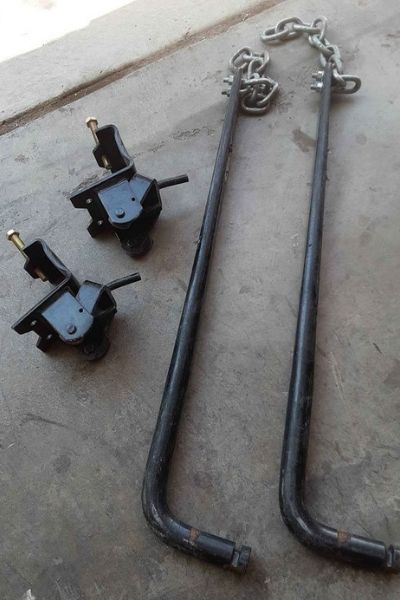
How Does A Weight Distribution Hitch Work?
When you hook up your trailer, the weight distribution bars are connected to those tongue brackets. The weight of the trailer will try and force the hitch head down. The weight distribution bars prevent that from happening by pulling up on the hitch with an opposing rotational force. That force converts the hitch into a lever which forces the front of the tow vehicle down.

What Sway Control Systems Should You Avoid?
There are many great weight distributing sway control hitches on the market, but there are some you should specifically avoid.

If you have a standard weight distributing hitch without integrated sway control you may be tempted to buy add-on sway controls, or “sway bars” as many call them. These are metal friction devices which have two bars that slide inside one another in a telescoping fashion.
One end connects to a small ball on your hitch next to the main ball, the other end attaches to another ball that you mount on your trailer tongue. You adjust the “sway control” by tightening down a lever to increase friction in the mechanism before you hit the road. While they do work, there are several reasons to avoid these.
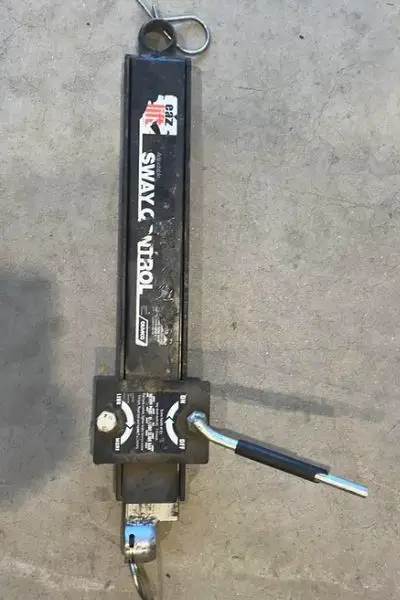
First, you have to disconnect them to back up. Not just loosen the tension, but actually remove them. If you forget to do that, you can damage your trailer. Next, they are far less safe than an integrated antisway system.
The bars themselves don’t pose an issue, but the attachment points do. It’s fairly common for the attachment balls to shear off under the forces of the trailer pushing on them. When that happens, the sway bar falls on the ground, usually with the other end still attached.
That can cause serious problems and damage if it happens at speed. Finally, by the time you pay to add them onto a standard weight distribution hitch you will have spent about as much as purchasing an integrated solution that doesn’t have those issues.
What Weight Distribution Anti-Sway Hitches Are Best?
That depends on your budget and tolerance of sway. There are basically two classes of hitch on the market:
- A mechanical/friction based hitches which use the weight distribution bars to add additional mechanical force or friction to limit and control trailer sway. These hitches offer great sway control at modest prices, making them the price/performance kings. An excellent example of this design is the 4 Point Equalizer hitch. This hitch has solid weight distribution bars that link to the trailer tongue by solid brackets. Those bars provide two points of friction in the hitch. The first point is where they slide on the tongue bracket. The second point is where they rotate in the hitch head. The rotation point is held in by a bolt which must be properly torqued for best function. Using and setting up the hitch is nearly identical to a standard chain style weight distribution hitch, even allowing you to back up. Sway control is outstanding, but not perfect. For around $600 complete, you really can’t beat it.
- Hensley Hitch’s completely eliminate sway. These rely on a more complex mechanical mechanism which is designed to change the geometry of the hitch point on the vehicle. It works by making the hitch behave like it’s much further forward on the vehicle. These hitches are guaranteed to eliminate all sway, but they are expensive. Prices start at over $2000 for a reconditioned used unit and go up from there. If you want the absolute best, this is the way to go.
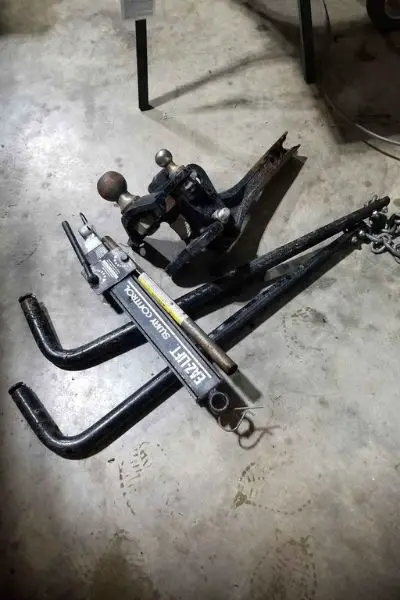
How Do You Install Weight Distribution Anti-sway Hitches?
Installation is simple in most cases. As mentioned previously, the mechanical/friction based anti-sway hitches are generally set-up and operated in much the same way as a standard weight distribution hitch. There will be nuances to each specific hitch model so be sure to follow the manufacturer’s instructions provided with your specific hitch. Expect to spend about 2 hours or so doing the initial set-up. After that, hitching and unhitching should be very simple.
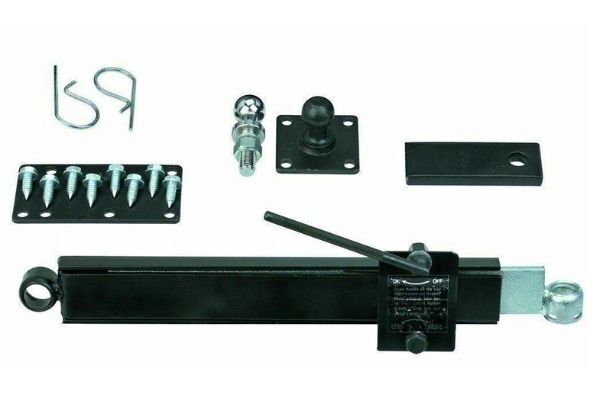
For a more complicated hitch like the Hensley, set-up can be a little more involved. Again, follow the manufacturer’s instructions and take the time to do it right the first time. Done correctly, you will get the best function without having to make significant adjustments over time.


